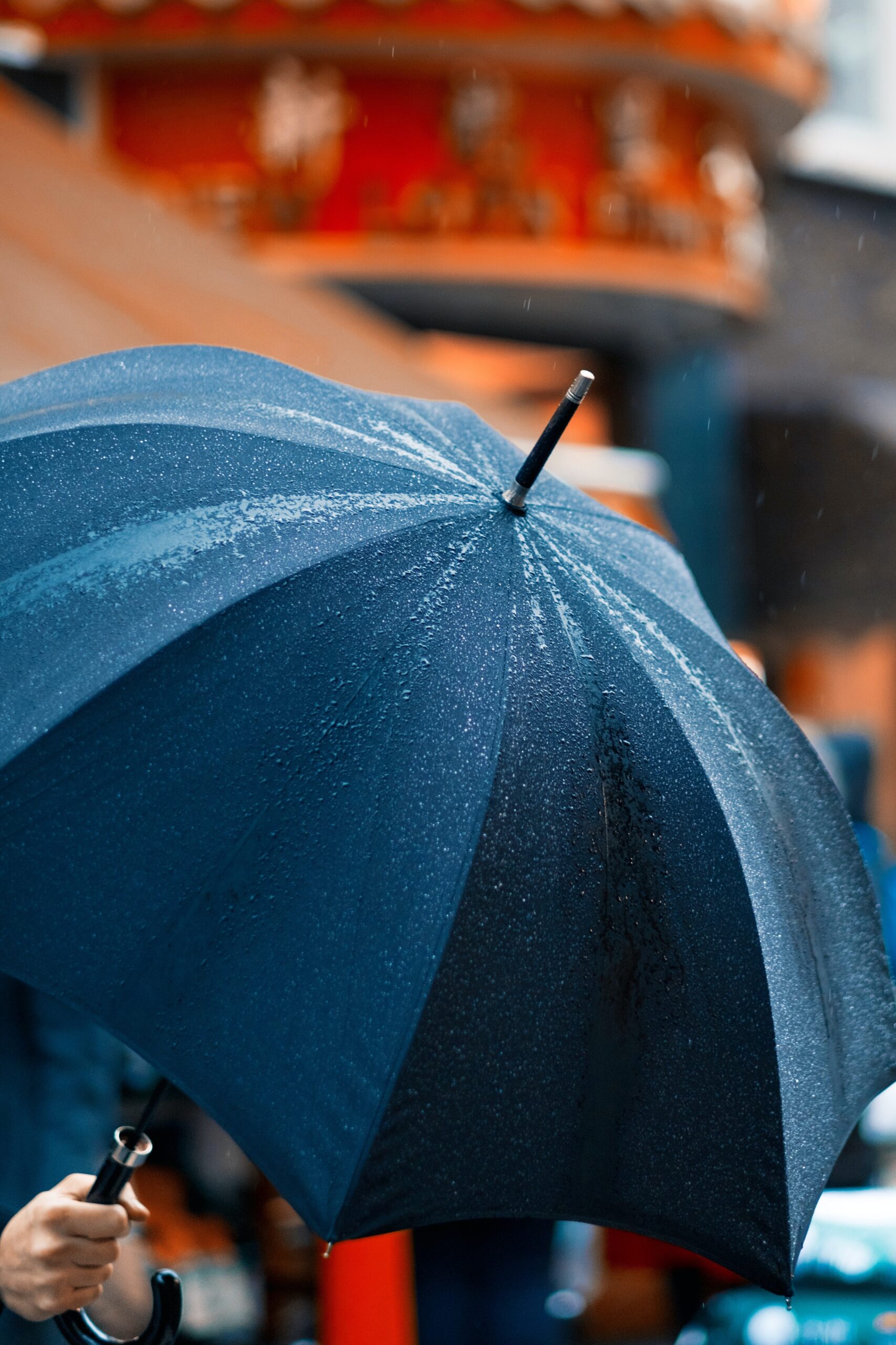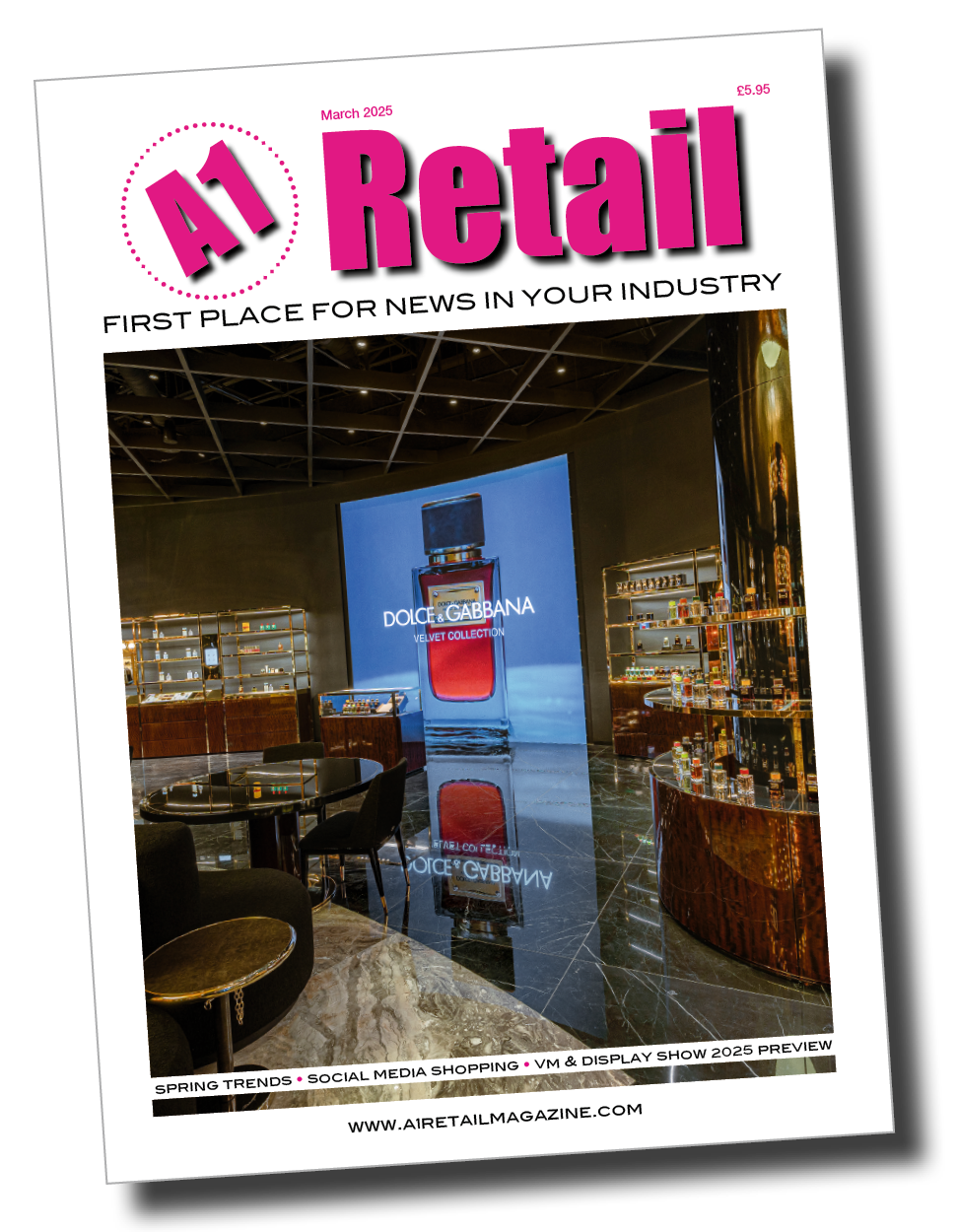
- Supermarkets saw less growth in July as the rate of food price inflation slowed and Brits continue to look for ways to reduce the cost of the weekly shop
- Consumers are already noticing signs of “shrinkflation” on alcoholic drinks, otherwise known as “drinkflation” as the changes to alcohol duty come into effect
- Entertainment had a very strong month, bolstered by pre-sales for Taylor Swift and Foo Fighters concert tickets
- The wet weather hampered retail spending, while “insperiences” (indoor experiences) enjoyed an uplift as Brits spent more on takeaways and streaming services
- The Barclays report combines hundreds of millions of customer transactions with consumer research to provide an in-depth view of UK spending
Consumer card spending grew 4.0 percent year-on-year in July – less than the latest CPIH* inflation rate of 7.3 percent and slightly lower than in June (5.4 percent) – as shoppers continue to be selective about discretionary purchases. While clothing retailers fell back into decline after a surge in June, the hospitality and leisure sector received a boost as Brits spent more on getaways, eating and drinking out, and concert tickets for artists such as Taylor Swift and Foo Fighters.
Spending on supermarkets rose considerably less in July (5.2 percent) than in June (9.8 percent), as the rate of food price inflation continued to slow after peaking in March**. However, concern around rising food prices remains high at 91 percent, leading seven in 10 (70 per cent) shoppers to look for ways to reduce the cost of their weekly shop – the highest percentage so far this year.
Of these value-seeking Brits, 13 percent say they are having to remove some items at the checkout to avoid going over budget. To help save money, more than a third (35 percent) are buying items in bulk because they cost less in the long-term, and four in 10 (41 percent) are shopping at multiple supermarkets to source a range of deals.
Concerns around food prices and the rising cost of living are also impacting economic confidence as just one-in-five (21 per cent) report feeling confident in the strength of the UK economy, down two per cent month-on-month in July.
From “shrinkflation” to “drinkflation”
Meanwhile, “shrinkflation” continues to impact grocery shoppers. A slightly higher proportion of Brits had noticed examples of “shrinkflation” in July (73 percent) compared to June (70 percent), with chocolate (56 percent), crisps (49 percent) and packets of biscuits (46 percent) remaining the products most frequently cited as being impacted by this growing trend. As a result, a fifth (21 percent) of the shoppers who have noticed signs of shrinkflation are switching to brands which haven’t changed the size of their products.
“Shrinkflation” is also affecting alcoholic drinks: more than one in five Brits (22 percent) have noticed that some of the alcoholic drinks they buy – such as beers, spirits and tinned cocktails – have become weaker or contain less alcohol, yet still cost the same or more than they used to, otherwise known as “drinkflation”. This could be due to manufacturers changing their products ahead of the recent changes to alcohol duty introduced on 1 August, meaning that alcoholic drinks are now taxed according to strength instead of type.
Tour ticket triumphs and a surge for subscriptions
Spending on non-essential items grew 5.6 percent year-on-year in July, with the hospitality & leisure sector enjoying a boost as Brits made the most of the summer. Bars, pubs & clubs saw growth of 7.6 percent, while restaurants – though still in decline – improved considerably (-2.5 percent) compared to June (-8.2 percent).
The entertainment sector was a particular bright spot, seeing a significant boost of 15.8 percent year-on-year. This was largely driven by spending on live events, with surges recorded on the pre-release dates for Taylor Swift’s “Eras Tour”, and Foo Fighters’ upcoming stadium tour.
Despite the rising cost of living, entertainment is a priority spending area for many consumers. One in 10 (11 percent) is cutting back on other expenses to afford tickets to concerts and movies, while a similar proportion (10 percent) said they treated themselves to a concert or film ticket in July even though they couldn’t really afford it.
While consumers were keen to venture out in July, “insperiences” (indoor experiences) also proved popular, likely due to the wetter weather seen in the second half of the month. Takeaways and digital content & subscriptions rose 9.2 percent and 9.9 percent respectively, with the growth in streaming services possibly linked to platforms cracking down on account sharing, requiring consumers to pay for separate logins.
Travel spending also continued to perform well, with travel agents and airlines both seeing noticeable uplifts (7.8 percent and 39.1 percent respectively), as holidaymakers made plans for the rest of the year.
Second-hand school savers
Despite positive growth in June, clothing retailers were hampered by the unseasonal weather in July, and so fell back into decline (-3.1 percent). This comes as six in 10 (60 percent) of those cutting back on discretionary purchases to cope with rising household bills say they are reining in new clothes and accessories purchases.
The back-to-school period is not expected to reverse this decline, with only two in five (42 per cent) parents of school age children planning to buy brand new items this year. Instead, many parents will be buying second-hand uniforms online (23 percent), or sourcing items from families with older children who have outgrown theirs (23 percent). Three in 10 parents are also planning to give away their children’s old uniform to families that can’t afford new items.
Esme Harwood, Director at Barclays, said: “While July’s weather was a wash-out for clothing retailers, it was a ray of sunshine for takeaways and streaming services, which performed better than expected. Entertainment also enjoyed a huge boost, largely thanks to pre-sales for Taylor Swift’s and Foo Fighters’ upcoming stadium tours.
“With value-for-money still a major concern at the supermarket, eagle-eyed consumers are also spotting signs of “drinkflation” – “shrinkflation” on alcoholic drinks. This could be due to manufacturers making changes to their products ahead of the recent changes to alcohol duty, which mean that drinks are now taxed according to strength rather than type.”
Abbas Khan, UK Economist at Barclays, said: “Over the first half of 2023, high inflation rates have weighed on real household disposable incomes and constrained consumption. On the bright side, this headwind is expected to abate over H2 as inflation in essential categories such as energy and food is set to ease.
“However, offsetting this, more households are set to experience higher mortgage costs as they refix onto higher rates. Accordingly, while we do not expect a consumer recession in the coming quarters, growth is likely to be meagre.”
Image courtesy of Unsplash.
*CPIH: Consumer Prices Index including owner occupiers’ housing costs
**ONS annual inflation rate for food and non-alcoholic drinks rose by 17.4 percent in the year to June 2023 – down from 18.4 percent in May and from a high of 19.2 percent in March, which was the highest annual inflation rate for over 45 years.










